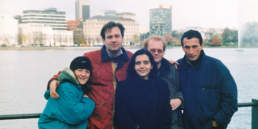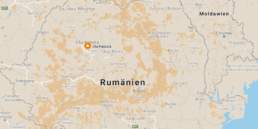It is a small town in Luxembourg that probably almost every European knows: Schengen. Almost 35 years ago, on 14th of June 1985, the Schengen Agreement was signed here, paving the way to a borderless Europe. AEGEE-Kaiserslautern-Saarbrücken is celebrating this anniversary this weekend – and you can participate.
You don’t even have to travel for it: it will be an online event on Saturday, 13th of June, from 17:00 to 18:30. “We make this event online on Youtube, because there are still restrictions in place for actual events”, says Marc Favier, President of the antenna. The programme is short, but very ambitious. It consists of three parts.
An event with eyewitnesses
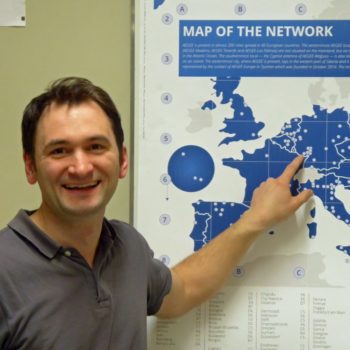
The first part is all about the Schengen agreement and how it was made. Christina Kneip, the head of the Schengen Information Center, will give a short introduction. Then Catherine Lalumière, who signed the contract on behalf of France, will give a speech about the 14th June of 1985. “Maybe the mayor of Schengen will also be present”, adds Marc. And: there will also be a surprise from the village Sankt Germanshof. In 1950 students from France and Germany met in Sankt Germanshof to tear down the border barrier between the two countries. “The daughter of two participants will be present”, says Marc.
Catherine Lalumière, who was actually patron of AEGEE-Europe and Secretary General of the Council of Europe, will also participate in the second part of the conference with the title: “Why commit to cross-border cooperation in Europe and Europe itself?” “Unfortunately she cannot be live with us, but she is very enthusiastic to participate and recorded three videos for us”, says Marc. Also present will be Roland Theis, State Secretary for European Affairs of Saarland, as well as Christophe Arend, French MP and President of the Franco-German Parliamentary Assembly. And, last but not least, also Daniel Amesz, President of AEGEE-Europe, will give a speech.
The final part of the event is a debate: “35 years after the Schengen Agreement. What are the values for the European common future?” In this interactive discussion, all viewers will have a possibility to ask questions in a YouTube chatroom during the streaming. More info, including the link to the YouTube channel, can be found here: https://schengen35.eu/13juni/.
Promoting cross-border cooperation
This conference is not the first event of AEGEE-Kaiserslautern dealing with European politics in the area of Germany, France and Luxembourg. “We already had several activities, including a music workshop, an event about solar energy in Luxembourg, German-French Day in Metz and Schengen and several more”, says Marc Favier.
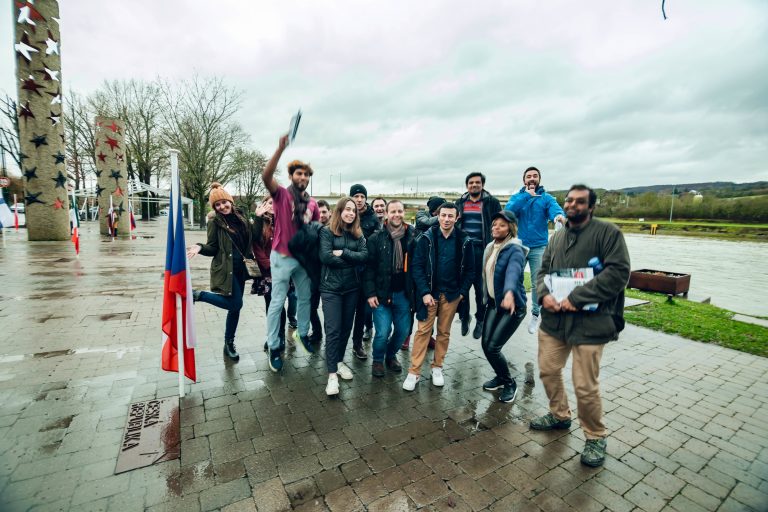
If you familiar with AEGEE, you might wonder about the name: AEGEE-Kaiserslautern-Saarbrücken. Until May the antenna was still known as AEGEE-Kaiserslautern. Last weekend the Agora ratified the name change and it has also already been changed at the local authorities.
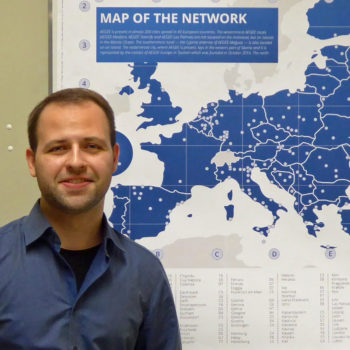
But how did it happen? “When our local carried out several events on the local level like our current Schengen35 project, we got in contact with some very motivated people from the University of Saarbrücken who wanted to participate”, explains Alexander Faas, Secretary of the antenna. Over time the ties grew stronger. “With members from two different cities and universities with different backgrounds we ensure the long-term survival of our local as well as we strengthen our local‘s focus on the border region Germany, France and Luxembourg. This will pave the way for well-organized events and opportunities for the network.”
Alexander adds that in Kaiserslautern there are more members with a technical background, while Saarbrücken has more students who are studying European subjects: “Altogether it is a nice team.” In Kaiserslautern there are about 15 members and in Saarbrücken 7.
One place in AEGEE history is already for sure. AEGEE-Kaiserslautern-Saarbrücken is the antenna with the longest name in AEGEE history.

